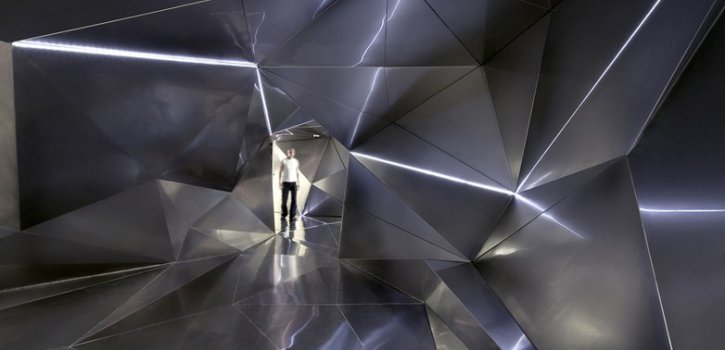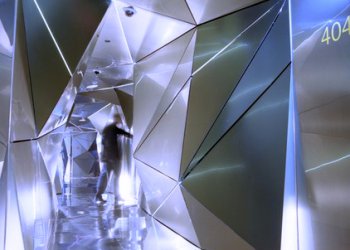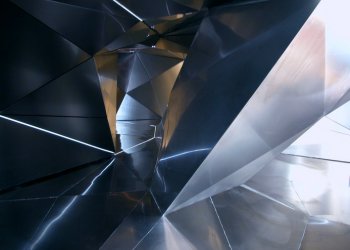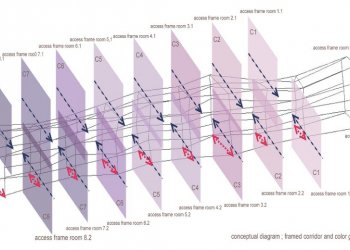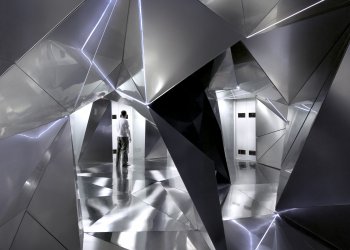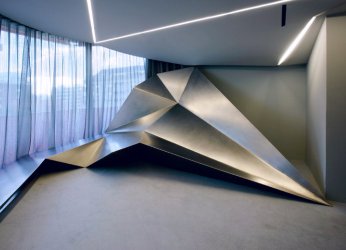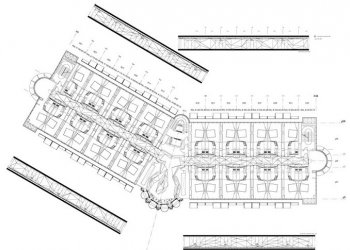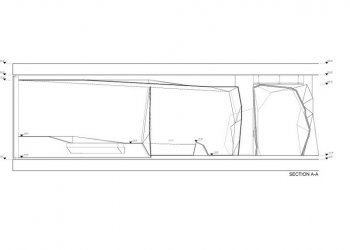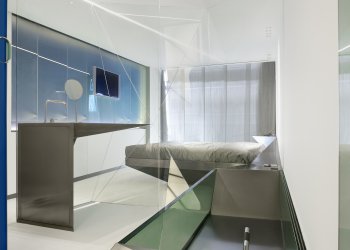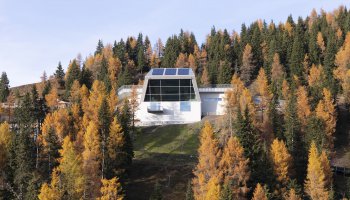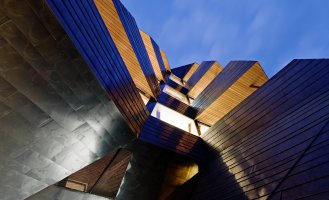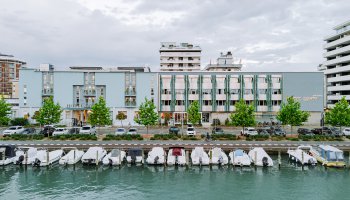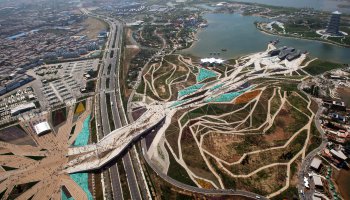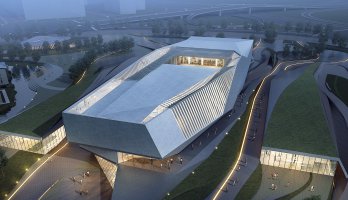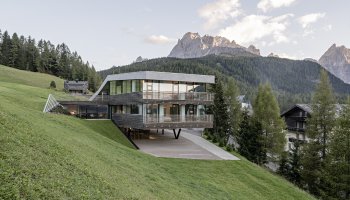Hotel Puerta America is a radical new design hotel in Madrid. A different architect/interior designer of international standing was commissioned to create each floor of the hotel, giving free rein to their creativity in the development of the rooms and floor as a whole.
Hotel Puerta America
TYPE Hotel, Interior
STATUS Competition, Built
LOCATION Madrid, Spain
YEAR 2005
CLIENT Hoteles Silken
DESIGN TEAM Eva Castro, Ulla Hell, Holger Kehne, Annelie Giencke, Christian Täubert
The list of invited designers includes Foster and Partners, Zaha Hadid, David Chipperfield, Jean Nouvel, Arata Isozaki, Ron Arad, John Pawson etc. The hotel has 13 floors with 30 rooms, 1200 sqm per floor. Plasma Studio was commissioned for the fourth floor.
Hotels are usually characterized by linear bands of repetitive units with anonymous, undifferentiated corridors that contradict the hotels’ ambition to treat each guest as an individual. Plasma Studio intentionally breaks with this predictable rhythm: through an intuitive, physiological, and sensual morphology, a new spatial experience is created – the guest engages with the space through creative, physical, and tactile interaction.
The journey begins upon leaving the lift: the guest encounters the “knot,” where the building wings intertwine to create a vortex, which transforms into a cocoon as the ceiling dips. The corridor varies in width and height; over a series of ramps, the floor moves rhythmically up and down. In this way, the serial and normative principles of hotel typology become perceivable as a spatial experience. LED strips and a gradual colour gradient enhance this reflective spatial experience, creating a distinctive identity that continues into the adjacent rooms. Entering the room, the space is deliberately de-dramatized – it acts as a mediator between the intense experience of the corridor and the outside world. Movements are calmer, materials softer, yet the concept continues to engage the guest’s senses: sightlines, continuously folded furniture, carefully staged lighting, and subtle ceiling folds interact to produce a unique spatial perception.
